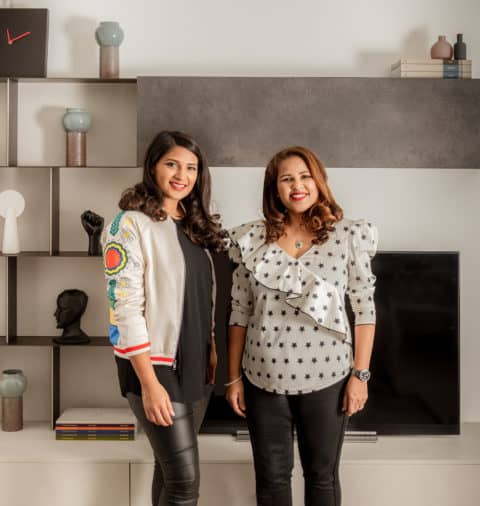Scandinavian design is characterised by its minimalist and clean approach, which seeks to blend function and beauty. The Scandinavian design aesthetic is noted for its clean, minimalist, yet highly functional, furniture pieces used to compliment uncluttered spaces filled with natural light. Nowhere is the clean lines of Scandinavian design more evident than Scandinavian furnishings.
Like Scandinavian-style bedrooms and kitchens, Scandinavian-style bathroom designs are all about simplicity and functionality. Beautiful and simplistic, Scandinavian designs are also well-suited to contemporary living spaces, which demand practical, adaptable products that will last.
Scandinavian interior design is, and continues to be, simple and minimalist, practical and affordable, craftsman-like but affordable. Yes, it has subtleties that distinguish it from minimalist, modernist, and modernist design, but on the most fundamental level Scandinavian design is minimalist, focusing on simplicity and function. With Scandinavian movements cleaner lines, soothing nature-inspired colour palettes, and simpler furnishings, it is a refreshing change from the excessively ornamental looks of postwar designs.
Then-editors of Home Beautiful magazine described Scandinavian design as the alternative to the fascism of design during the Nazi period, characterizing Scandinavian design as democratic, natural, minimalist, intimate, and focused on home and family rather than state. The minimalist philosophy emphasizes clean lines and simple designs, which are inspired by nature and the climate, creating Nordic design. Since Nordic design is defined by clean lines, elegant minimalism, and a general feel of airiness, it is easy to understand why many people are aiming to give a Nordic vibe to their home.
Rooms designed with a Scandinavian design style typically feature white walls to accent light, neutral-heavy color palettes with splashes of color, natural textures like wood and stone, the absence of window treatments and carpeting, and simple, unfussy layouts which highlight the sleekly minimalist aesthetic. Rooms designed in Scandinavian styles provide a mix of textures, contrasts, and softer shades that produce a smooth, contemporary look.
Scandinavian interior design is a minimalistic style that uses a mix of textures and soft hues to create sleek, modern furnishings that are warm and inviting. If you take a closer look, you will notice that Scandinavian interior design overlaps with the mid-century modern style, which was heavily influenced by industrialization, as well as by the modernist sensibilities of Germanys Bauhaus movement. Scandinavian interior design also incorporates use of materials such as untreated lumber, natural fabrics, and traditionally made objects.
A neutral colour palette favoring vibrant shades, large windows flooding rooms with natural light, and carefully selected decorative items such as works of art or objects that have traditional Nordic patterns are also a part of Scandinavian home design principles. A typical Scandinavian home is airy and light, though wood floors and furniture, soft colors, and raw textures ensure that the vibe stays warm and welcoming, says Maija Rasila from Finlands design shop. Nordic design has been around since the time after the Second World War — or even earlier, in northern Europe — but has seen a dramatic surge in popularity in recent times.




